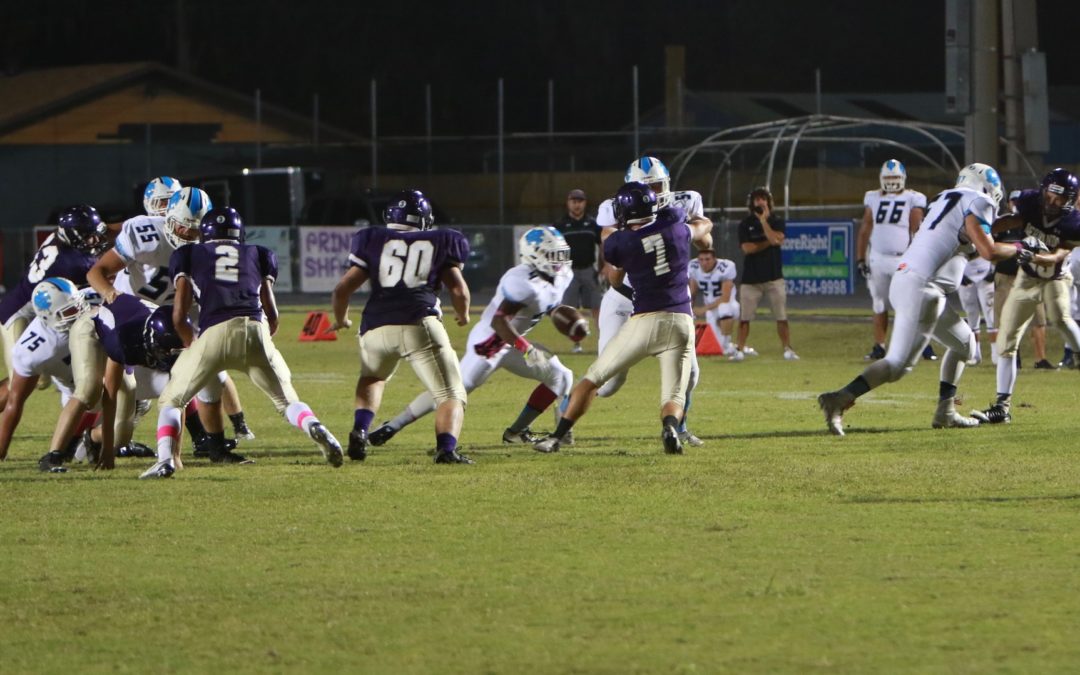Masculinity, optimism bias, and perceived pressure from stakeholders influence on student-athlete concussion reporting intentions and behavior.
Weber Rawlins ML, Welch Bacon CE, Tomporowski P, Gay JL, Bierema L, Schmidt JD. J Am Coll Health. 2022 Sep 9:1-7. doi: 10.1080/07448481.2022.2115300. Epub ahead of print.
https://pubmed.ncbi.nlm.nih.gov/36084227/
Take-Home Message
Student-athletes with pessimistic views of concussion risks have higher intentions to report symptoms or a concussion.
Background
Clinicians rely on student-athletes to report a possible concussion to ensure proper diagnosis and treatment. We can optimize educational efforts to improve concussion reporting with a better understanding of the barriers to reporting a concussion. Three emerging areas that may influence reporting are masculinity (qualities traditionally related to men), optimism bias (thinking bad things are less likely to occur to a person than others), and perceived pressure from stakeholders (e.g., coaches, teammates).
Study Goal
Weber Rawlins and colleagues completed a survey study to determine how masculinity, optimism bias, and perceived pressure from others related to reporting intentions and behaviors.
Methods
Student-athletes from 3 universities in the Southeastern USA used online survey software to complete five tools that assessed key factors:
- masculinity (winning, emotional control, risk-taking, violence, power over women, playboy, self-reliance, primacy of sport, and heterosexual self-presentation)
- optimism bias
- perceived pressure (from coaches, teammates, parents/guardians, sports medicine professionals, athletes administrators, and sports fans)
- concussion and symptom reporting intentions (summarized as being a reporter or non-reporter)
- concussion and symptom reporting behaviors (summarized as being a reporter or non-reporter)
Results
A total of 313 respondents completed all portions of the survey, and 369 respondents completed at least 1 part of the survey. A student-athlete had less intention to report symptoms or a concussion if they were not a pessimist (neutral or optimist). Furthermore, they had less intention to report symptoms if they reported more masculinity in two domains: “playboy” and “heterosexual self-preservation”. Regarding intention to report concussions, someone with increased scores for “primacy of sport” and “pressure from athletic administration” tended to be less likely to report.
Viewpoints
Interestingly, the most consistent result was that someone who was neutral or felt less likely to experience bad events than someone else was less likely to report symptoms or a concussion. Based on this finding, the authors suggest that “educational efforts should highlight the realistic risk student-athletes have for sustaining a concussion in sport or developing long-term health consequences as result of that concussion”. The authors also reported predictors for reporting behaviors during the prior year. These analyses led to different results than what we reported above. One explanation is that reporting intentions and actual behaviors do not match. However, it is hard to compare these results because only 10-20% of the participants had symptoms or a concussion to report (or not report) in the prior year. Therefore, the different results could be a fluke, or this subset of people is unique to the other 80-90% of the participants without a concussion or symptoms in the prior year. It will be interesting to see if future studies with a larger group of people with symptoms or concussion in the previous year yield similar results.
Clinical Implications
Clinicians should encourage timely reporting of concussions and offer realistic estimates of a student-athlete’s risk for a concussion and the consequences of a concussion.
Questions for Discussion
What strategies have you employed to help educate stakeholders about the dangers of not reporting concussions? Have you found those efforts to be successful? Why or why not?
Written by: Kyle Harris
Reviewed by: Jeffrey Driban
Related Posts
Better Attitudes May Improve Concussion Reporting Habits
Concussion Knowledge Getting Better But is Reporting Getting Worse?
Concussion Knowledge Does Not Translate into Healthy Reporting Habits
Differences in Symptom Reporting Between Male and Female Athletes Before and After a Concussion



Unfortunately, I’m not surprised that those who reported more on their masculinity, specifically “playboy” and “heterosexual self-presentation, are less likely to report concussion symptoms. I also find it unsurprising that those who experience pressure from their athletic administration and place a high prioritization on sports are less likely to report. It saddens me to think that these athletes involved in the study, and so many more around the country, either don’t grasp the severity that concussions pose or don’t want to admit that they may need help when they are feeling symptomatic.
Although this may not involve concussions, I overheard a sportscaster praising an NFL player for playing with a vertebral fracture. “That’s what this game is all about right there,” said this reporter about a player continuing to play with what seems to be a severe condition. Now, from the outside looking in we obviously don’t understand this specific player’s circumstance and situation. However, it goes without saying that this mentality, this “toughness” mentality, that’s instilled in football players from a young age can be detrimental to their physical and mental health.
As healthcare providers, it is our job to keep the health of our athletes as the top priority. Sometimes, in order to do this, we must inform our athletes of the complications of certain conditions and injuries; concussions are no exception and should be one of the most important pathologies discussed in American football settings. Additionally, I feel that clinicians (and, subsequently, the athletes they treat) would benefit greatly from completing concussion symptom checks long before an athlete has a concussion. Pre-injury screenings may help identify anomalies in athletes’ behaviors earlier, thus leading to the potential of catching the concussion diagnosis earlier in the injury process.